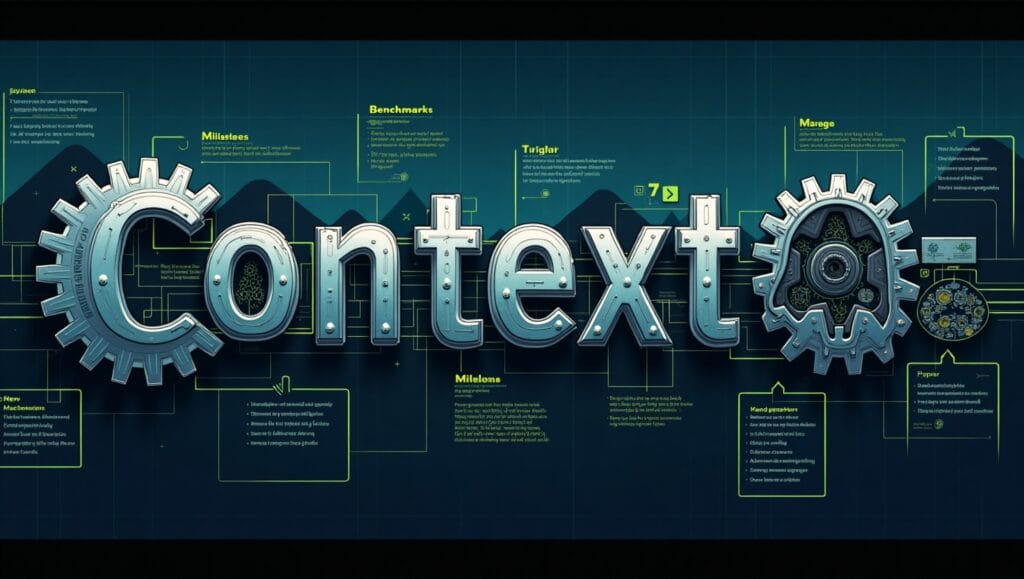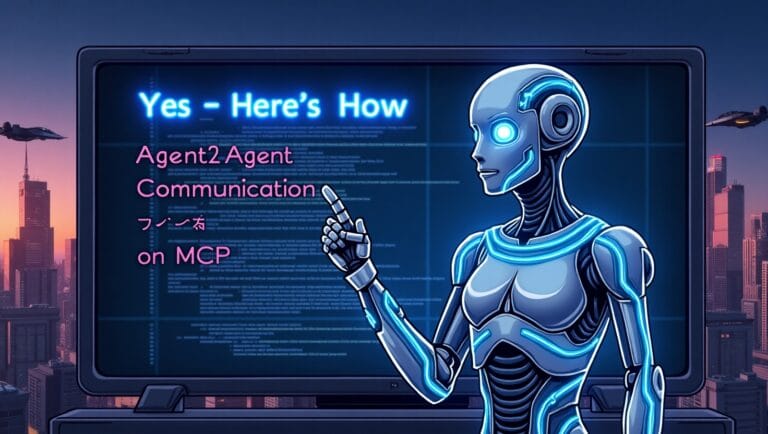No.1 Technical Roadmap to Context Engineering in LLMs: Mechanisms, Benchmarks, and Open Challenges
The rapid evolution of Large Language Models (LLMs) has transformed how we interact with technology, information, and even each other. From powering chatbots like ChatGPT to enabling code generation, document summarization, and more, LLMs are now at the core of numerous AI applications.
But as we push the boundaries of what these models can do, one term is becoming increasingly critical—context engineering.
In this blog, we’ll dive deep into the technical roadmap of context engineering in LLMs, explore the core mechanisms, highlight current benchmarks, and unpack the open challenges that researchers and developers are still grappling with.
🤖 What Is Context Engineering in LLMsand there Technical Roadmap?
Context engineering refers to the set of techniques used to design, modify, and manage the input context provided to an LLM to achieve desired outputs. In simple terms, it’s about figuring out what to feed into the model and how to do it smartly.
Because LLMs like GPT-4, Claude, and Gemini don’t “understand” like humans, their performance depends heavily on the context window—the text they’re given at any moment.
🧠 Why Does Context Matter So Much?
LLMs process everything through text. That includes:
- Instructions
- Examples
- User queries
- Background information
- Desired formats
The better structured and more relevant the context, the better the response. That’s why context engineering is now becoming as important as model architecture or training data.

🔍 Key Mechanisms in Context Engineering
Let’s break down the main techniques used in context engineering:
1. Prompt Engineering
The most basic form of context engineering. It involves carefully designing prompts to guide model behavior.
Example:
Instead of:
“Write a poem.”
Use:
“Write a four-line humorous poem in the style of Shakespeare about a lazy cat.”
This increases control and consistency.
2. Few-Shot and In-Context Learning
You provide examples inside the prompt to teach the model what kind of answer is expected.
Few-shot example:
Q: What’s the capital of France?
A: Paris
Q: What’s the capital of Germany?
A: Berlin
Q: What’s the capital of Japan?
A:
The model learns patterns from the context itself—no fine-tuning needed.
3. Retrieval-Augmented Generation (RAG)
Here, relevant documents or snippets are retrieved dynamically based on the user’s query, and then injected into the context.
Used in:
- Search assistants
- Chatbots with knowledge bases
- Legal and medical AI tools
RAG bridges the gap between static model knowledge and live data.
4. Chain-of-Thought (CoT) Prompting
Encourages the model to think step by step before answering.
“Let’s solve this problem step by step…”
This improves reasoning in math, logic, and multi-step decision tasks.
5. Tool Use and Function Calling
Some LLMs now take context from external tools, APIs, or plugins. This means the context might include:
- Real-time stock data
- Calendar events
- Web results
LLMs don’t need to memorize everything—they just need the right context handler.
6. Context Compression and Prioritization
Since most models have a token limit (e.g. 4K, 8K, 32K), not all information fits.
Context engineering now includes:
- Summarization
- Clustering
- Relevance scoring
This ensures only critical information enters the model.
🧪 Current Benchmarks for Context Handling
To test context engineering strategies, researchers use specialized benchmarks. Some of the most notable ones include:
✅ Long Range Arena (LRA)
Evaluates how models handle long input sequences, often up to thousands of tokens. It’s great for comparing context windows and compression strategies.
✅ BigBench
Google’s Beyond the Imitation Game Benchmark tests LLMs on tasks like reasoning, math, and common sense—all requiring nuanced context design.
✅ MMLU (Massive Multitask Language Understanding)
Covers 57 academic subjects and challenges models to perform zero-shot and few-shot tasks. It heavily relies on in-context learning abilities.
✅ RAG Benchmarks (e.g., KILT, Natural Questions)
These focus on retrieval-based systems, testing how well external knowledge is pulled and integrated into the prompt.
🚧 Open Challenges in Context Engineering
Despite advancements, several key issues remain unsolved:
❌ Context Length Limitations
Even state-of-the-art models hit walls at 32K or 1M tokens. Once you exceed that, important info gets dropped—or worse, hallucinated.
Future models may rely more on hierarchical context memory or external vector stores.
❌ Relevance Detection
It’s still hard to programmatically decide what’s important in a document. Irrelevant content sneaking into the prompt can mislead the model.
❌ Latent Bias and Hallucination
Even with perfect context, models can still hallucinate or repeat biases present in the prompt or training data.
❌ User Intent Misalignment
Designing context that perfectly matches a user’s true intention is tricky. This is why prompt templates often fail in real-world apps.
❌ Scalability
Can your system handle 10,000+ users all needing personalized, dynamically constructed context? It’s a huge computational challenge.
🛠️ The Future of Context Engineering
Context engineering will soon move from handcrafted prompts to automated systems that:
- Summarize on-the-fly
- Retrieve and rank documents
- Personalize context based on user profile
- Learn optimal prompt formats from feedback
Also expect:
- Semantic memory frameworks (storing previous user chats like memory)
- Multimodal context (images, documents, audio)
- Hybrid models combining retrieval, agents, and reasoning layers
📌 Final Thoughts
Context is no longer just the input—it’s the interface between LLMs and the world. And mastering context engineering is the key to unlocking the true power of these models.
From developers building intelligent apps to researchers exploring next-gen AI, context engineering is where creativity meets computation.
🔗 Update with TechSplits.com – Dive deeper into how AI is reshaping development, research, and the future of digital interaction.







